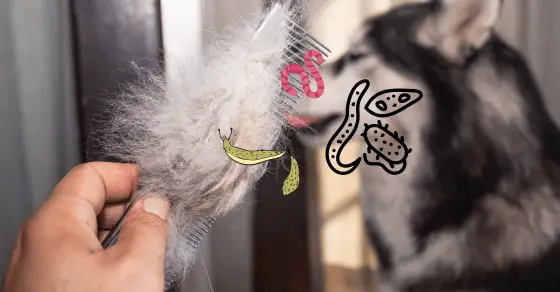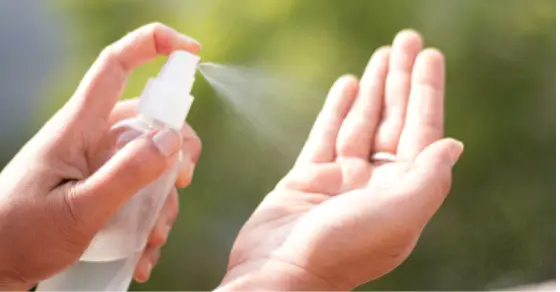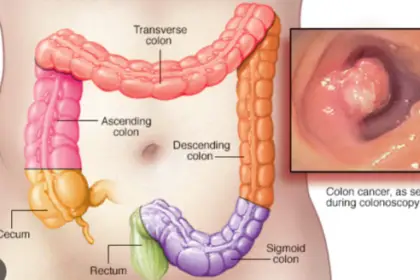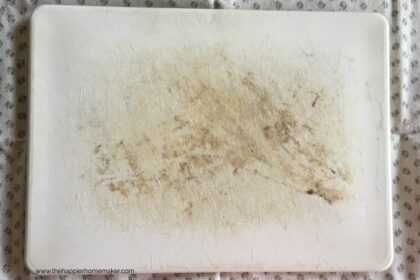We love our dogs. They’re family. They cuddle on the couch, sleep at the foot of the bed, and bring joy into every room of the house. But along with all that love, there’s something else they bring inside—dog hair.
If you’ve ever swept up a pile of fur from the floor or pulled clumps out of the vacuum, you know how quickly it accumulates. What most dog owners don’t realize, though, is that pet hair isn’t just unsightly—it can also be a hidden vehicle for allergens, germs, parasites, toxins, and even mold.
Let’s break down exactly what dog hair can carry, and why it’s so important to keep it under control.
1. Allergens and Irritants
One of the most common complaints from pet owners—and even more so from guests—is allergies. While many blame the hair itself, the real culprit is usually dander—tiny microscopic flakes of skin that shed along with the fur.
Dander can trigger asthma attacks, runny noses, itchy eyes, or sneezing fits.
Hair also acts like a sticky brush, picking up pollen, dust, and mold spores outdoors and spreading them through the home.
This means every time your dog shakes, scratches, or jumps onto the couch, they may be launching a cloud of irritants into the air.
2. Bacteria and Germs
Dogs love rolling in the grass, exploring trash, or sniffing around less-than-sanitary spots. Unfortunately, their fur can pick up bacteria and germs from the environment:
E. coli, Salmonella, and Campylobacter can be carried on their coat or paws if they’ve walked through contaminated soil, garbage, or feces.
Staphylococcus bacteria can live on hair, and while rare, it can spread infections if the bacteria enter cuts, scrapes, or wounds on your skin.
This is especially concerning if you have children who crawl on carpets or play on the floor.
3. Parasites
Dog hair is the perfect hiding place for tiny invaders like fleas, ticks, and mites.
These parasites not only bite your dog—they can also fall off into your carpet, bedding, or upholstery, waiting for their next meal.
Flea dirt (essentially flea feces) can accumulate where your dog lies. This debris feeds flea larvae, continuing the infestation cycle inside your home.
Once parasites are in the house, getting rid of them can be a nightmare—requiring special treatments for both your dog and your living spaces.
4. Fungal Spores
One of the most overlooked risks is fungal infections, like ringworm. Despite its name, ringworm isn’t a worm—it’s a fungus that spreads through contact.
Shed dog hair can carry fungal spores, contaminating bedding, couches, carpets, or even your clothing.
Ringworm is highly contagious and can pass from dogs to humans, especially children.
If you notice circular red rashes on yourself or family members, pet hair could be the hidden source.
5. Toxins and Chemicals
Every time your dog goes outside, their hair becomes a magnet for environmental toxins:
Pesticides, herbicides, lawn chemicals, and even road salt can cling to fur and be carried into the house.
Indoors, fur also traps cigarette smoke residues, cleaning product fumes, and airborne pollutants—redistributing them every time the dog moves around.
These toxins don’t just settle into your carpet; they can get onto your hands, furniture, or even into the air you breathe.
6. Odor and Biofilm
Let’s be honest—sometimes dogs just smell like dogs. Their fur naturally traps:
Saliva and sweat proteins (yes, dogs sweat through their paws and glands).
Natural oils secreted from their skin.
These compounds mix with bacteria to create the familiar “dog smell.” Over time, hair can form a biofilm—a layer of bacteria clinging to organic material—that’s harder to clean and keeps odors lingering in your home.
7. Pesticides Brought Indoors
Here’s another sneaky danger: when your dog walks across grass or plants sprayed with pesticides, those chemicals stick to their paws and fur. Later, when they shed indoors, those pesticide particles are released into your home.
If you walk around barefoot, your skin can absorb these residues. Over time, that constant low-level exposure can build up in the body, potentially affecting hormone balance and overall health.
8. Mold
Finally, there’s mold—one of the most insidious threats.
Dog hair provides the perfect surface for mold spores to cling to outdoors. Once carried inside, these spores can detach and thrive in carpets, upholstery, or even HVAC systems if conditions are right.
For those sensitive to mold, exposure can cause:
- Headaches
- Respiratory issues
- Sinus infections
- Fatigue and brain fog
And because mold spreads quickly, one contaminated dog bed or blanket can seed spores throughout your living space.
The Brilliant Way to Keep It Out of Your Home
All of this may sound alarming, but the solution isn’t to keep your beloved pup outside—it’s to stay proactive about managing dog hair.
Here’s a brilliant way to tackle it:
- Regular grooming: Brushing your dog frequently (preferably outdoors) keeps loose hair, dander, and parasites from building up indoors.
- Vacuum with HEPA filtration: Standard vacuums often blow allergens back into the air, but a HEPA filter traps them effectively.
- Wash bedding weekly: Dog beds, blankets, and even your sheets (if your dog sleeps with you) should be laundered in hot water.
- Air purification: A good air purifier with HEPA and carbon filters reduces dander, pollen, mold spores, and odors.
- Bathing with natural shampoos: Regular baths reduce dander, allergens, and chemicals clinging to fur—without drying your dog’s skin.
These steps don’t just make your home cleaner—they protect your health, your family’s well-being, and your dog’s comfort.
Click here to get a Furme dog vacuum, this is a lifesaver!
Final Thoughts
Dog hair isn’t just an aesthetic issue—it’s a vehicle for allergens, bacteria, parasites, toxins, odors, pesticides, and even mold. By staying vigilant and using smart cleaning strategies, you can enjoy the love of your pet without compromising your health or home environment.
After all, the goal isn’t to love your dog less—it’s to live more healthfully together.





